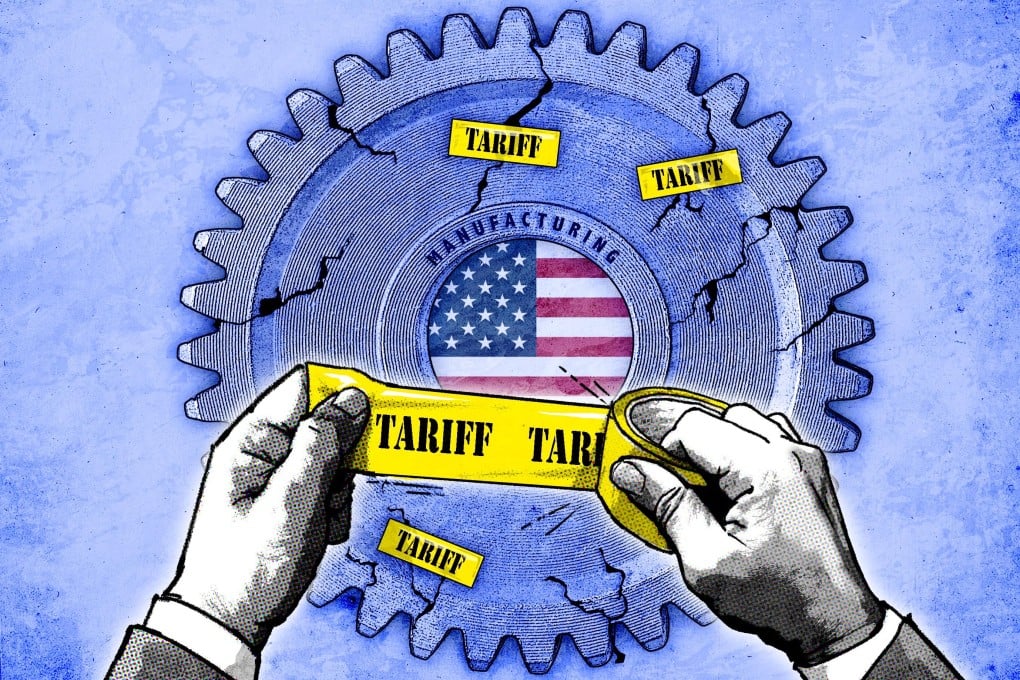With China tariffs, Trump wants to make manufacturing American again. Will it work?
Donald Trump’s second White House term is bound to bring new China tariffs – but analysts wonder if it will bring manufacturing back

When Robert Lighthizer speaks of his early life – spent in a once-thriving industrial town deep in the American rust belt – the long-time Donald Trump ally makes it clear his commitment to reviving domestic manufacturing is as personal as it is political.
Having shaped trade policy during Trump’s first term as president, the former United States Trade Representative (USTR) views reindustrialization – and wiping out what he sees as China’s edge in trade – as a patriotic mission and economic necessity.
“We need substantial tariffs on China because they are an adversary, they’re taking advantage of us. Now we have to get that back to balance,” the 77-year-old lawyer said last month in a lengthy talk with the Intercollegiate Studies Institute (ISI), a conservative educational non-profit.
Now, as Trump prepares a return to the White House, a new era of economic policy driven by tariffs appears all but certain.
Trump’s choice for commerce secretary, the investment banker Howard Lutnick, issued a full-throated defence of import duties in an October interview on finance broadcaster CNBC. “Tariffs are an amazing tool,” he said. “If we want to make it in America, tariff it.”